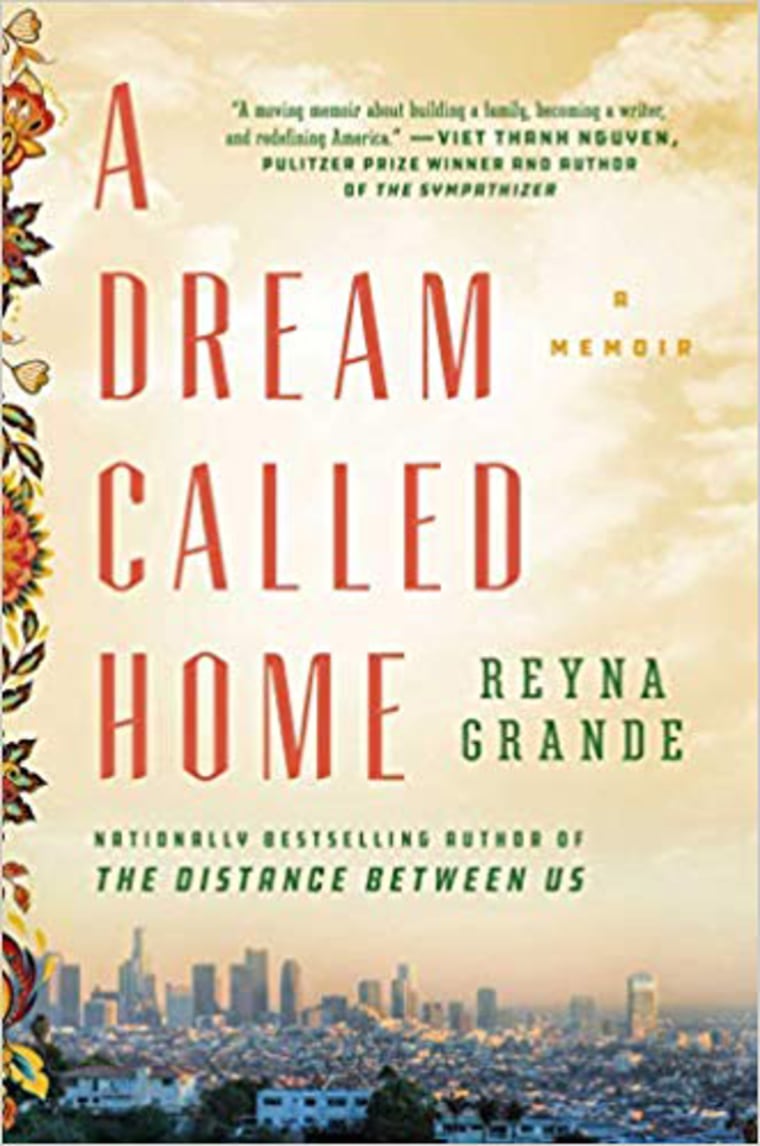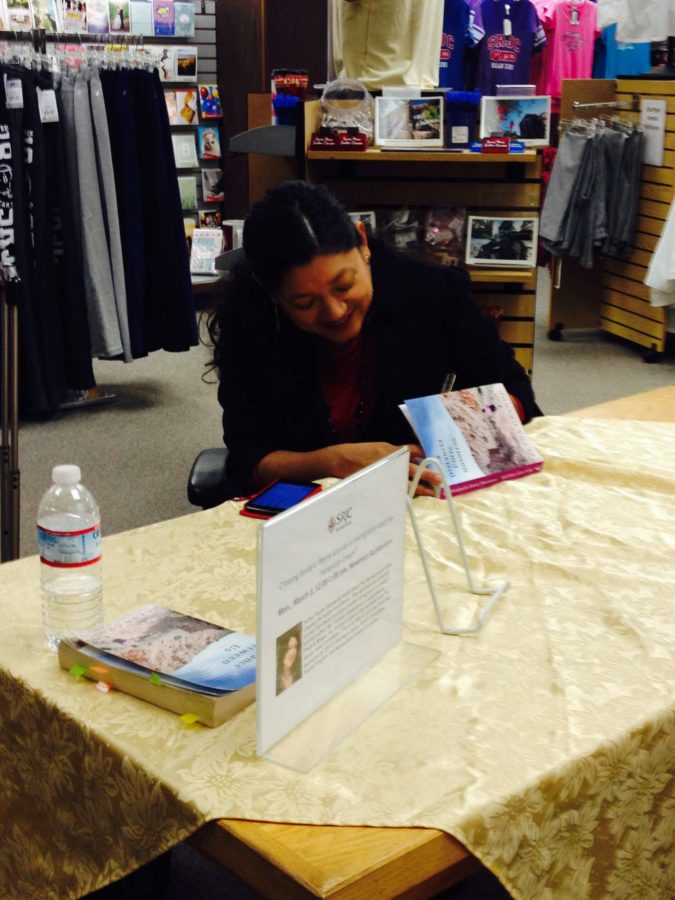


Against all obstacles, Reyna’s love of reading and writing propelled her to rise above all challenges and ultimately be accepted to the University of California, Santa Cruz.Ī Dream Called Home tells the story of Reyna’s pursuit to become the first in her family to earn a college degree and to find her place and a home in her adoptive country. What she found instead was an indifferent mother, an abusive, alcoholic father, and a school system that didn’t honor her heritage. When she was nine years old, Reyna made her own journey across the U.S.–Mexico border in search of a home. In that book, Reyna recounted the pain and poverty she experienced growing up in Mexico without her parents, who had immigrated to the U.S. The memoir ends with a short epilogue outlining Reyna’s life in the years following the publication of her book.An inspiring new memoir from Reyna Grande, the National Book Critics Circle Award finalist and national bestselling author of The Distance Between Us, about her quest for belonging, a writing career, and a home built of more than words and dreams.Ī Dream Called Home is the follow up to Reyna Grande’s national bestselling memoir The Distance Between Us. She buys a house, becomes a fellow with a prestigious writing program, meets the man of her dreams, and lands a book deal for her first novel, Across a Hundred Mountains. Despite these challenges, Reyna tenaciously clings to her goal of becoming a professional writer and building a loving home. She also contends with her grandmother’s death and the cycle of abuse afflicting her family. Reyna struggles to find employment as a writer, takes a job teaching middle school that leaves her with little time to write, and has a series of failed romantic relationships, one of which results in the birth of her son.

Flashbacks recounting Reyna’s abuse, abandonment, and immigration are interspersed throughout Book 1.īook 2, “The Home I Carry,” focuses on Reyna’s post-university years, a period initially marked by professional and personal setbacks. Key moments from this period include her professor mispronouncing her name on the first day of class, moving her troubled sister onto campus, finding writing mentors, and becoming more comfortable with her dual identity through her involvement with a student folklórico group. Reyna faces microaggressions by White students and faculty and battles feelings of otherness before finding her place in her program. Book 1, “Twice the Girl I Used to Be,” describes her life as a creative writing student at the University of California, Santa Cruz (UCSC).


 0 kommentar(er)
0 kommentar(er)
